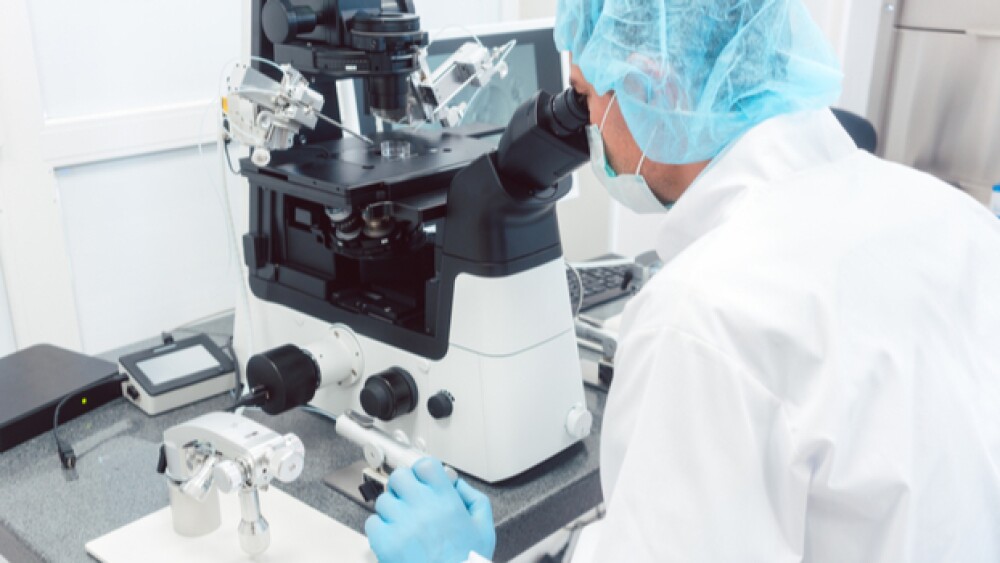There’s a growing demand for life sciences professionals in Massachusetts, but a new report indicates that the home-grown talent pipeline is not adequate enough to meet the growing demands in the Bay State.
There’s a growing demand for life sciences professionals in Massachusetts, but a new report indicates that the home-grown talent pipeline is not adequate enough to meet the growing demands in the Bay State.
MassBioEd released its annual life sciences employee outlook that shows the continued trend of new jobs being added in the state by the life sciences sector over the next few years. By the end of 2018, there were more than 74,000 people employed in the life sciences sector in Massachusetts and that number is projected to increase by 12,000 by 2024. In order to meet those demands though, there need to be more students drawn to STEM (science, technology, engineering and math) programming and then encouraged to follow that through in their career decision making.
How essential will it be to ensure there are people to fill those projected roles? According to MassEdBio, the life sciences industry has a significant impact on the economy. The effect of the life sciences on the overall labor economy is 2.5 times greater for Massachusetts than the next closest states, the report said. Since 2010, the number of life science job postings has increased by 140% -- across all education levels. The greater job growths were seen in areas that did not require specific academic skills, the report shows, as the numbers of suitably trained college graduates and Ph.Ds. grew at substantially lower rates.
While the life sciences jobs will continue to grow in Massachusetts, the trade group said there have been difficulties in finding employees to fill those roles. Responses to a MassEdBio survey showed it can take several months to fill open positions. MassBioEd’s survey noted that employers said that’s due to local job competition. According to the survey, 31% of the respondents said that a lack of applicants with the “necessary scientific or technical skills” was a “significant obstacle” to hiring new candidates. Also, the survey revealed that 23% of employers indicated that a lack of applicants with the necessary soft skills was a significant or critical obstacle to hiring.
In preparation for the increase in life sciences jobs over the next several years, MassEdBio posted a number of suggestions on how to increase the flow of new talent into the industry. One of the obstacles that need to be overcome, MassEdBio said, is bridging the gap between what students learn in school and what potential employers need them to know. In other words, emphasize skill sets that could result in a job in the life sciences field.
Also, MassBioEd said it is essential that career opportunities in the life sciences need to be emphasized to students while they are in the classroom. In an opinion piece published in the Boston Business Journal, Fred Ledley, the director of the Center for Integration of Science and Industry and a member of MassBioEd’s Academic Advisory Group, noted that STEM students are often provided with a negative view of working in the industry as some instructors emphasize corporate practices that “compromise human health or the environment.” This practice, Ledley said, ignores the “role business plays in translating scientific discoveries into products that benefit public life.” He said STEM educators need to emphasize the cross-over appeal of business and science and reveal the countless career opportunities out there.
Another way to improve hiring practices is through professional development opportunities for those within the industry, MassEdBio said. Soft skills can be taught, and the industry can also create innovative pathways for those “non-traditional candidates” to find new opportunities in the life sciences.





